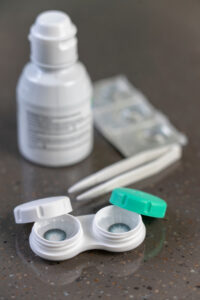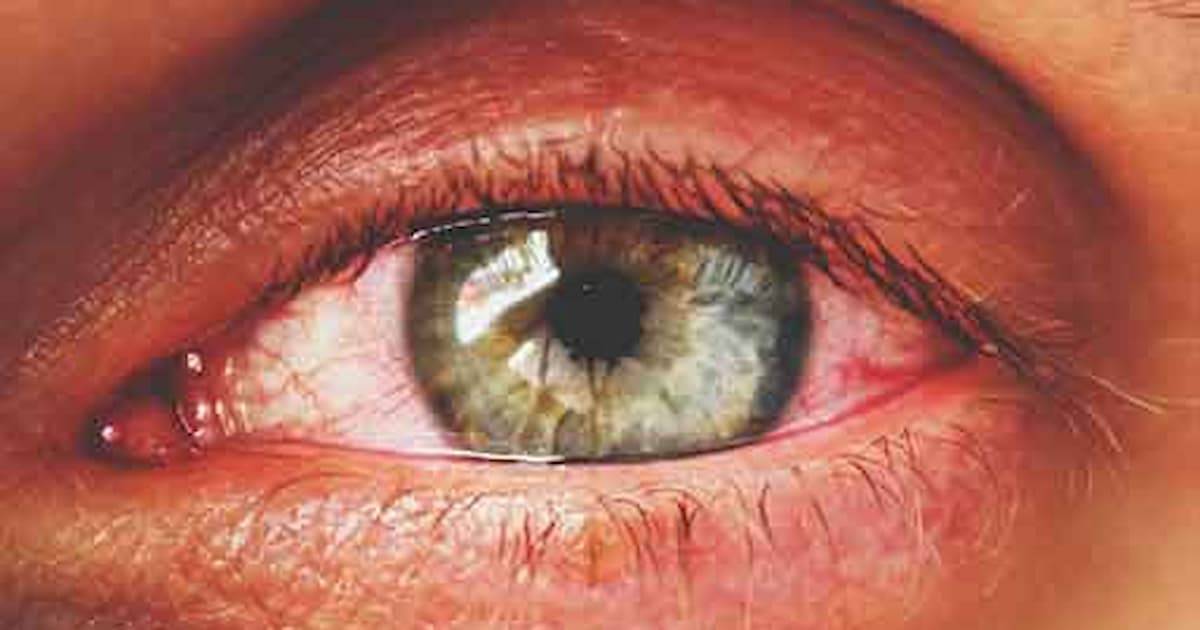Contact lenses offer a convenient and clear alternative to glasses—but they come with responsibilities. Without proper hygiene, they can increase your risk of developing pink eye, also known as conjunctivitis. Understanding how to care for your lenses and recognizing the early signs of infection can help you avoid discomfort and potential vision problems.
What Is Pink Eye?
Pink eye (medically known as conjunctivitis) is an inflammation of the thin, clear tissue that covers the white part of your eye and the inside of your eyelids. If triggered by bacteria or viruses, it can spread easily from person to person. In the context of contact lens users, contact eye infection is one of the leading contributors to pink eye.
There are different types of conjunctivitis, but acute conjunctivitis is often sudden and severe, causing symptoms that demand prompt attention.
Symptoms to Watch For
If you wear contact lenses, pay close attention to any unusual changes in your eyes. Initial symptoms of pink eye conjunctivitis may include:
Redness in one or both eyes
- Itching or burning sensation
- Watery or thick discharge
- Blurred vision
- Increased sensitivity to light
- Conjunctivitis pain, especially when blinking
- A gritty feeling, like something is stuck in your eye
If you notice any of these symptoms, stop using your contact lenses immediately and consult a healthcare provider.

How Contact Lenses Can Lead to Eye Infections
Poor contact lens hygiene is a major risk factor for contact eye infection. Common mistakes include:
- Sleeping with lenses in
- Cleaning lenses with tap water or saliva instead of proper solution
- Wearing expired or torn lenses
- Not replacing the lens case regularly
- Reusing old solution
Such habits can cause bacteria or viruses to build up on the lens surface, increasing the risk of infection. Even a minor lapse in care can result in serious complications.
Eye Infection Treatment Options
If you’re diagnosed with pink eye, your doctor will determine the cause (bacterial, viral, or allergic) and prescribe the appropriate eye infection treatment. This may include:
- Bacterial conjunctivitis may be treated with antibiotic eye drops or ointments
- Lubricating drops or cold compresses for viral or allergic cases
- Avoiding contact lens use until the infection fully clears
There is no instant cure for pink eye, especially if it’s viral, but proper treatment can reduce symptoms and speed up recovery.
Prevention Tips for Contact Lens Users
To minimize your risk of pink eye and other infections:
- Always wash your hands before handling lenses
- Use fresh, approved cleaning solution daily
- Never sleep or swim with contacts
- Follow the recommended schedule for replacing your lenses and storage case
- Take out your lenses immediately if you notice any irritation
Practicing good hygiene isn’t just about comfort—it’s essential for protecting your long-term eye health.
Final Thoughts
Contact lenses are safe and effective when used properly, but they require strict hygiene to avoid complications like pink eye conjunctivitis. If you ever experience redness, discharge, or conjunctivitis pain, act quickly. Early treatment and prevention can save you from discomfort and protect your vision.
Remember, when it comes to cure for pink eye, awareness and proactive care are your best defense.


